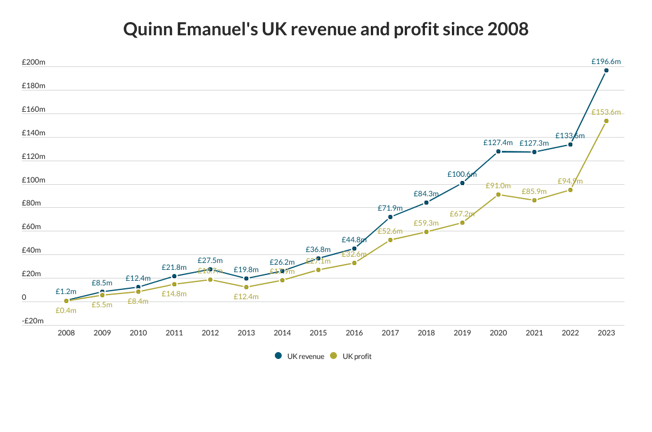The current litigation between Sallie Mae and the buyer group led by JC Flowers indicates that a buyer’s termination of an acquisition agreement due to a material adverse effect (MAE) on the target is generally an uphill battle. However, buyers can take certain steps to reduce the risk involved in jilting targets that turn undesirable after the courtship ends.
In general, if one party to an acquisition agreement experiences an MAE after the agreement is signed, but before the acquisition is completed, then the other party may terminate the agreement or refuse to close.
The definition of an MAE in a particular agreement is often heavily negotiated: buyers push for a broad definition (providing an ‘out’ if the target takes a turn for the worse), and targets push for a narrow one (to avoid being left at the altar). As a result, MAE definitions typically comprise vague descriptions of adverse effects and agreed-upon exceptions.
In the Sallie Mae agreement, the MAE definition includes any “material adverse effect on the financial condition, business, or results of operations” of Sallie Mae and its subsidiaries, but then provides for nine exceptions (and some exceptions to these exceptions).
Among other things, the definition excludes “changes in applicable law” other than those “relating specifically to the education finance industry that are in the aggregate more adverse” to Sallie Mae and its subsidiaries than those disclosed as “recent developments” in Sallie Mae’s year-end 2006 report to the Securities Exchange Commission.
Thus, although changes in law generally are not included in the MAE analysis, changes more adverse to Sallie Mae than previously estimated are included.
Lack of precision in MAE clauses, and the inherently fact-intensive analysis required to interpret them, can leave ample room for argument. Indeed, both sides in the Flowers/Sallie Mae litigation have colourable claims, making it difficult to predict the outcome.
The background
On 15 April 2007, Flowers and Sallie Mae entered into an acquisition agreement providing for consideration of $60 (£29) per share – a total value of approximately $25.3bn (£12.23bn). In July, as credit markets deteriorated, the parties debated whether pending federal legislation would, if enacted, constitute an MAE permitting Flowers to walk away. This debate, if nothing else, gave Sallie Mae a headstart in drafting a legal complaint for potential use.
On 26 September, on the eve of the College Cost Reduction and Access Act of 2007 being signed into law, Flowers issued a public statement declaring that the conditions to closing the acquisition would not be satisfied on such day. In other words, Flowers claimed that an MAE had occurred, but that he would be willing to discuss “a revision of the transaction”.
Less than a week later, Flowers issued another public statement asserting that Sallie Mae had suffered an MAE and offering $50 (£24.17) per share, plus stock warrants, to Sallie Mae shareholders. Sallie Mae wasted little time in filing a suit, claiming that Flowers had repudiated the agreement and that Sallie Mae was entitled to damages of at least $900m (£435.15m). In only a few months, this engagement had deteriorated into a public break-up that neither party would have scripted if given the opportunity.
Lessons learnt
There is a general impression that a buyer’s attempt to invoke an MAE clause is perilous. Certainly, a buyer has a difficult evidentiary burden to carry: in addition to gathering accurate evidence about the target’s condition (information the target is likely unwilling to provide), the buyer must analyse the available evidence and determine whether, as a legal matter, such evidence satisfies the MAE definition.
Even if litigation does not ensue, the buyer’s analysis may require teams of consultants, financial experts and legal advisers. The stakes are high: a buyer wrongfully invoking an MAE clause could potentially incur significant monetary damages.
However, by employing certain strategies, a buyer can reduce the risk of employing an MAE clause – and if the facts are favourable, a buyer can even escape without liability. The right way for a buyer to employ an MAE clause follows these general principles:
•Talk to your lawyer first. Consult legal advisers before ever suggesting an unwillingness to close an acquisition under the agreed-upon terms; such statements will only be used against the buyer.
•Get the facts straight. Because courts will examine the sequence of a buyer’s knowledge and conduct to determine whether the buyer acted reasonably and in good faith, buyers should thoroughly analyse relevant information before declaring that an MAE has occurred. Otherwise, declaring an MAE without ample facts suggests that the buyer is using the MAE clause simply to disguise a case of buyer’s remorse.
•Leverage the facts. If the facts show the existence of an MAE, the buyer will have leverage in negotiating a mutual termination of the acquisition agreement. In contrast, invoking the MAE clause with inadequate facts leaves a buyer without such leverage.
•Use the MAE clause as a shield, not a sword. Waving an MAE clause in the air and threatening to use it may expose a buyer to a claim of repudiation – especially if it turns out that the buyer lacks the evidence necessary to support an MAE claim. Instead, a buyer should hide behind the shield of the MAE clause at every step. For example, if the target refuses to provide the information necessary for the buyer to make its MAE determination, the buyer can seek a court order to obtain such information.
•Perform. Even if the buyer believes the target has suffered an MAE, the buyer should indicate that it is performing its obligations and intends to continue to perform its obligations, but simply needs to determine the scope of its obligations. This is preferable to offering a lower purchase price, which suggests an unwillingness to perform and supports a repudiation claim by the target. A buyer would be better served by seeking a declaratory judgment regarding the MAE issue – that is, a court order establishing the rights and obligations of the parties.
A buyer’s invocation of an MAE clause requires careful strategic planning and analysis under the principles described above. Although the outcome of the Flowers and Sallie Mae litigation is unclear, it certainly illustrates the risks of shooting first and asking questions later. Regardless of the outcome, the litigation will serve as an invaluable case study on MAE clauses for buyers, sellers and their lawyers for years to come.
•Patricia Lane is a partner and Jeremy Polk an associate at Foley & Lardner





























